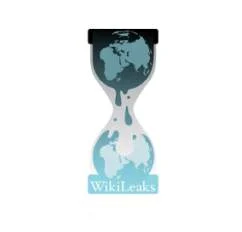How did the US government fail to prevent a digital leak of over three million classified and highly embarrassing documents?
Well, as Julian Borger and David Leigh of The Guardian note, most electronic US diplomatic cables are assigned a SIPDIS tag – and included in the Secret Internet Protocol Router Network (SIPRNET) distribution database.
The vast majority of US embassies and bases around the world are connected to SIPRNET, which means information in the database is accessible to numerous State Department employees as well as military personnel.

Although the specter of multiple leaks remains a possibility, the Army has accused former soldier and intelligence analyst Bradley Manning of downloading classified material while serving on a base outside of Baghdad.
Stolen data – which was later handed over to WikiLeaks – reportedly included State Department archives, military video footage and hundreds of thousands of daily war logs from operations in Afghanistan and Iraq.
So, how did Manning download the classified information from SIPRNET?

“I would come in with music on a CD-RW labelled with something like Lady Gaga, erase the music [and] then write a compressed split file. No one suspected a thing,” Manning wrote in a chat obtained and quoted by The Guardian.
“[I even] listened and lip-synched to Lady Gaga’s Telephone while exfiltrating possibly the largest data spillage in American history…[I definitely] had unprecedented access to classified networks 14 hours a day 7 days a week for 8+ months.”
Manning also warned that Hillary Clinton and several thousand diplomats were going to have a “heart attack” when they realized an entire repository of classified foreign policy was available – in searchable format – on the Internet.
“Everywhere there’s a US post, there’s a diplomatic scandal that will be revealed. Worldwide anarchy in CSV format…It’s beautiful and horrifying,” said Manning.
“[Yes], information should [certainly] be free, [because] it belongs in the public domain.”






